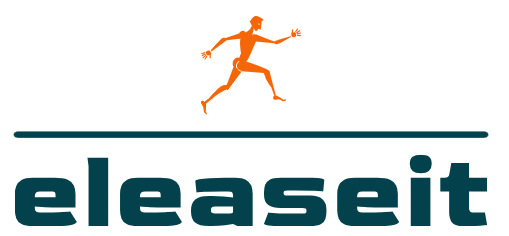
Riding Strong and Secure: Prioritizing Equestrian Riding Safety
Equestrian Riding Safety is a paramount consideration for riders, ensuring not only personal well-being but also the welfare of the equine partner. In this comprehensive exploration, we delve into the crucial aspects of Equestrian Riding Safety, emphasizing proactive measures, training, and awareness.
Gear Up for Safety: The Importance of Proper Riding Equipment
The foundation of Equestrian Riding Safety begins with the right gear. Riders should invest in certified helmets, sturdy boots, and appropriate attire. Ensuring that equipment is well-maintained and fits properly is essential for minimizing the risk of injury during riding activities.
Training and Education: Empowering Riders with Knowledge
Knowledge is a powerful tool in enhancing Equestrian Riding Safety. Riders should undergo proper training to develop essential riding skills and understand horse behavior. Education on emergency procedures, communication signals, and basic first aid further equips riders to navigate various situations safely.
Understanding Horse Behavior: Building a Harmonious Partnership
A deep understanding of equine behavior is pivotal for Equestrian Riding Safety. Recognizing signs of discomfort, stress, or fear in the horse allows riders to address issues promptly and prevent potential accidents. Building a harmonious partnership based on trust contributes to a safer riding experience.
Establishing Ground Rules: Clear Communication Between Rider and Horse
Clear communication between rider and horse is a fundamental component of Equestrian Riding Safety. Establishing ground rules through consistent cues and signals enhances the horse’s responsiveness and ensures that both rider and horse are on the same page during various activities.
Selecting Suitable Riding Locations: Factors for Consideration
Choosing the right riding locations significantly influences Equestrian Riding Safety. Factors such as terrain, visibility, and potential hazards should be carefully considered. Riding in designated areas, well-maintained arenas, or established trails enhances safety for both rider and horse.
Proactive Risk Mitigation: Strategies for Safer Riding
Proactive risk mitigation is key to Equestrian Riding Safety. This includes regularly inspecting equipment, maintaining a secure riding environment, and staying informed about weather conditions. Being prepared for potential risks minimizes the likelihood of accidents during riding sessions.
Emergency Preparedness: Equipping Riders for Unforeseen Situations
No matter how careful riders are, unforeseen situations can arise. Equestrian Riding Safety involves thorough emergency preparedness. Riders should carry a basic first aid kit, have access to communication devices, and be familiar with emergency procedures to address injuries or unexpected events promptly.
Riding in Pairs or Groups: Strength in Numbers
Riding in pairs or groups adds an extra layer of Equestrian Riding Safety. In the event of an emergency, having support from fellow riders can be invaluable. It also provides an opportunity for shared knowledge, collaborative problem-solving, and mutual encouragement during rides.
Explore Equestrian Riding Safety: Visit eleaseit.com
For riders seeking in-depth insights and resources on Equestrian Riding Safety, eleaseit.com is a valuable destination. Explore articles, engage with the community, and access tips that prioritize safety in every riding adventure. Riding strong begins with a commitment to Equestrian Riding Safety—nurture the joy of riding with confidence and awareness.
